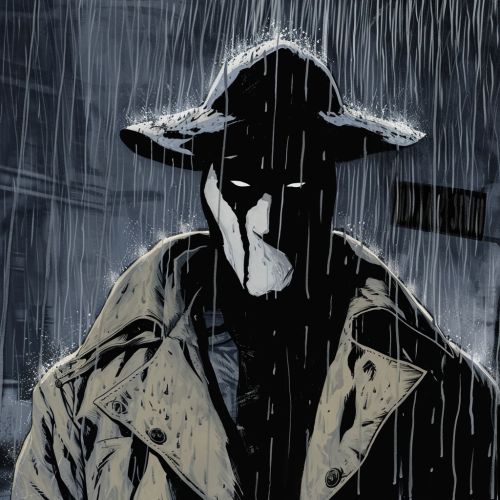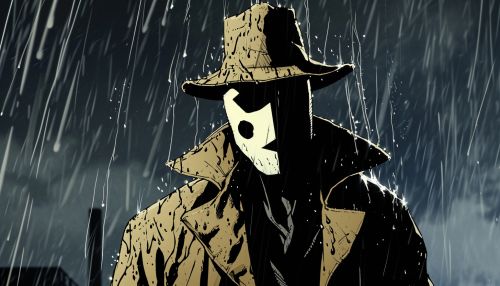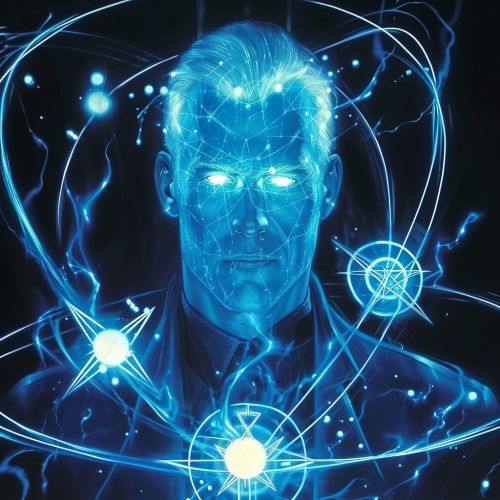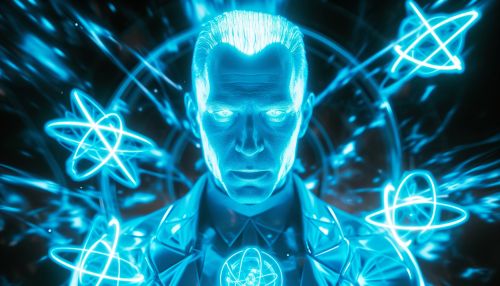Watchmen
Origins and Creation
"Watchmen" is a limited series comic book published by DC Comics in 1986 and 1987. The series was created by the writer Alan Moore, artist Dave Gibbons, and colorist John Higgins. The series was a commercial and critical success, and it has been recognized as one of the most significant works in the history of the comic book medium.
The series was a part of a wave of British talent that entered the American comics industry during the 1980s. Alan Moore was already a celebrated writer in the UK and had gained recognition in the US through his work on "Swamp Thing". Dave Gibbons was a respected artist who had worked on various titles for 2000 AD. John Higgins was a colorist who had worked on various titles for both DC and Marvel.
The idea for "Watchmen" originated from a proposal by Moore to use characters from the recently acquired Charlton Comics in a story that would end with their deaths. DC, however, had other plans for these characters and suggested that Moore create original characters instead. This led to the creation of the "Watchmen" characters, each of whom was a deconstruction of familiar superhero archetypes.
Plot Summary
"Watchmen" is set in an alternate history where superheroes emerged in the 1940s and 1960s and their presence changed history. The United States won the Vietnam War, Richard Nixon is still president in the mid-1980s, and tensions between the US and the Soviet Union remain high. The story opens with the murder of Edward Morgan Blake, also known as The Comedian, a member of the second generation of superheroes known as the Watchmen.


The investigation into Blake's death is conducted by Rorschach, a vigilante who is considered a criminal by the authorities. Rorschach believes that someone is trying to eliminate the Watchmen and warns his former teammates: Dan Dreiberg (Nite Owl), Laurie Juspeczyk (Silk Spectre), Adrian Veidt (Ozymandias), and Doctor Manhattan, a superhuman with god-like powers. The story then delves into the personal lives of these characters and their struggles to fit into society.
The plot of "Watchmen" is a complex, multi-layered mystery that involves a wide range of characters and themes. The story is notable for its unconventional structure, which includes flashbacks, documents, and excerpts from fictional books within the story, and its use of symbolism and foreshadowing.
Themes and Analysis
"Watchmen" is renowned for its deep exploration of the superhero genre and its deconstruction of superhero tropes. It presents superheroes as flawed individuals with personal problems, and it questions the morality of their actions. The series also explores themes of power, corruption, and the nature of humanity.
One of the central themes of "Watchmen" is the question of who watches the watchmen, or "Quis custodiet ipsos custodes?" This phrase, which originates from the Roman poet Juvenal, is used to question the accountability of those in power. In the context of the series, it refers to the moral and ethical dilemmas faced by the superheroes as they wield their power.


The series also delves into the concept of time through the character of Doctor Manhattan, who perceives all moments of his life simultaneously. This leads to a deterministic view of the universe, which contrasts with the other characters' belief in free will and moral responsibility.
Reception and Legacy
Upon its release, "Watchmen" received critical acclaim for its sophisticated storytelling and its challenging of superhero conventions. It won several awards, including the 1987 Eisner Award for Best Finite Series/Limited Series, and it has been cited as an influence by numerous writers and artists.
"Watchmen" has also been recognized for its impact on the comic book industry. It is often credited with ushering in a new era of mature, complex storytelling in mainstream comics. Along with "The Dark Knight Returns" and "Maus", it helped to establish the graphic novel as a serious form of literature.
The series has been reprinted numerous times and has been adapted into a film and a television series. Despite its success, it has also been the subject of controversy due to disputes over the rights to the characters and the decision to produce prequel and sequel stories without the involvement of Moore and Gibbons.
